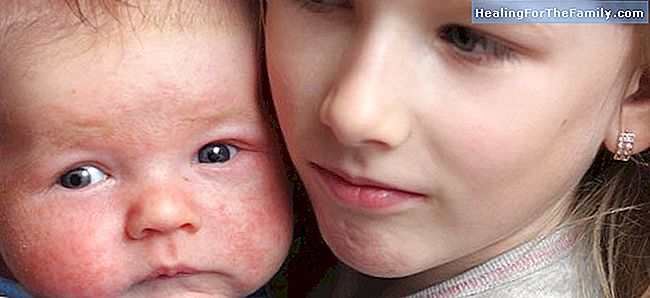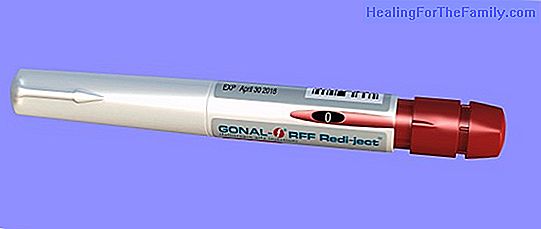Child atopic dermatitis according to the season
Atopic dermatitis is a chronic and inflammatory skin disease that causes intense itching, dryness and lesions in the form of eczema. Although it can appear at any age, it occurs mainly in childhood, improving most children before two years. In some cases children suffering from atopic dermatitis end
Atopic dermatitis is a chronic and inflammatory skin disease that causes intense itching, dryness and lesions in the form of eczema. Although it can appear at any age, it occurs mainly in childhood, improving most children before two years. In some cases children suffering from atopic dermatitis end up developing other diseases such as asthma or rhinitis.
The most affected area is usually the face followed by the folds on arms, knees, neck, as well as on the hands and feet. During seasonal changes, children suffering from atopic dermatitis may suffer outbreaks in those with extreme dryness and intense itching.
How to care for the skin of the baby with atopic dermatitis in summer

In summer, the skin is usually better, although the excess of sweat due to the heat, the effects of the sun and the dryness of the skin caused by air conditioning, for example causes in some cases that atopic dermatitis worsen in children. To avoid this, pediatricians recommend in the summer:
- Keep the skin well hydrated.
- Avoid sun exposure between 12 and 16 hours and apply creams suitable for sensitive skin with a suitable solar factor. Además - It is also advisable
not to allow the children to soak for a long time , either in the sea or in the pools. In the latter case, experts recommend to shower children with fresh water to avoid the harmful effects of chlorine.The outbreaks of atopic dermatitis are also related to emotional and stressful reactions so at the end of summer, with the return to school children who suffer from it can see how the symptoms worsen in these situations.
Spring and autumn are the worst seasons for the skin of children with dermatitis
The high levels of pollen recorded in spring also affect the skin of children. In addition, as less clothing is used, the skin is in greater contact with the agents that cause skin irritation.
The greater environmental humidity of autumn, and the direct contact of children's skin with tissues such as wool, worsen the symptoms of atopic dermatitis.
In winter there are also outbreaks of atopic dermatitis in children
The different temperature differences experienced by children in winter and the excesses of heating that dry the environment also affect their skin, worsening the symptoms and causing outbreaks of atopic dermatitis. The ideal according to experts is to maintain a temperature inside of about 19 degrees.
Cristina González Hernando.
Editor of Guiainfantil.com












